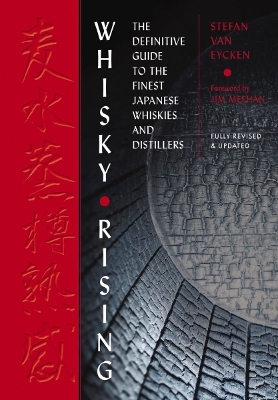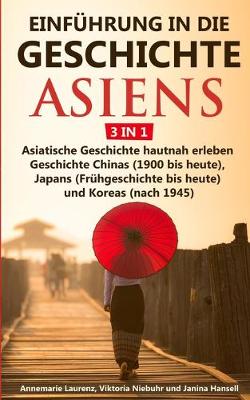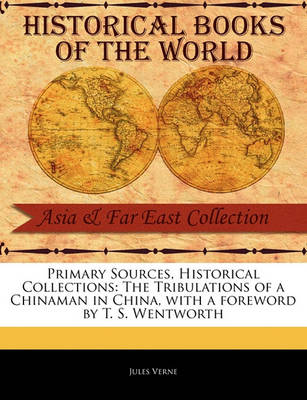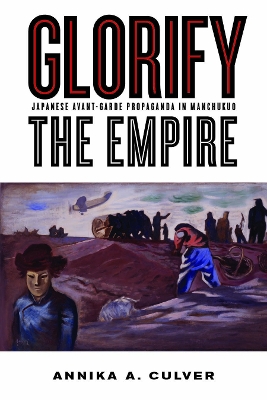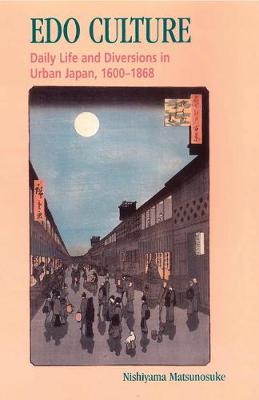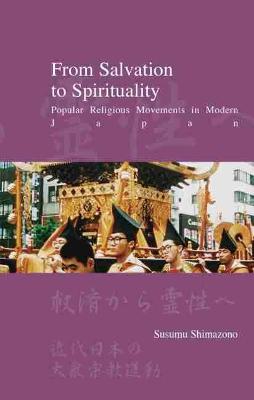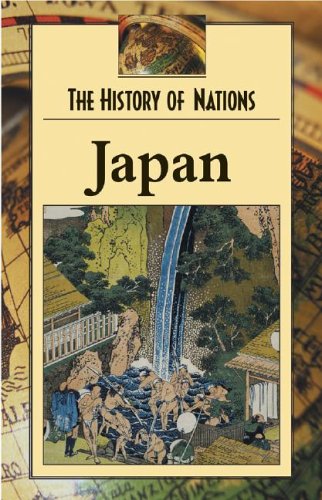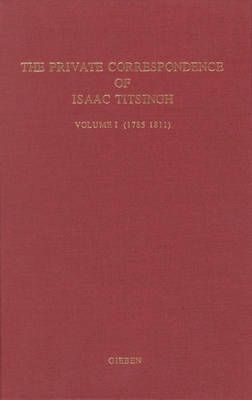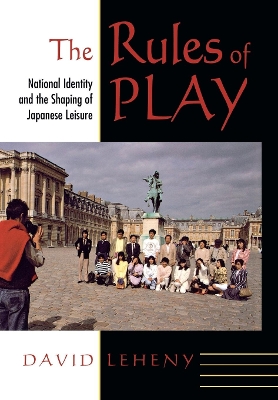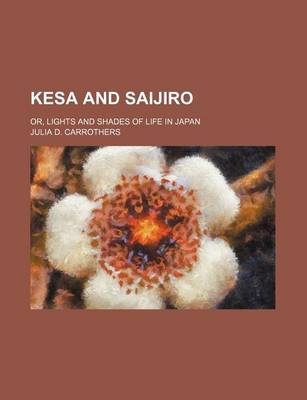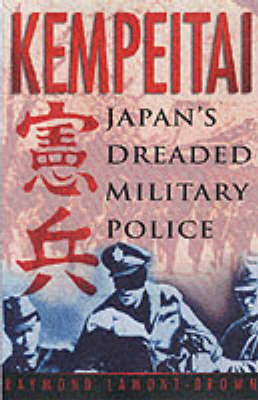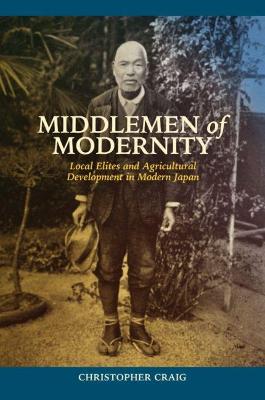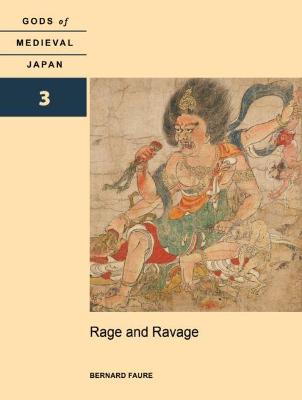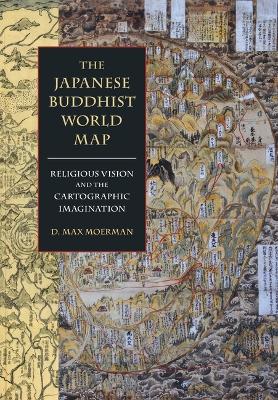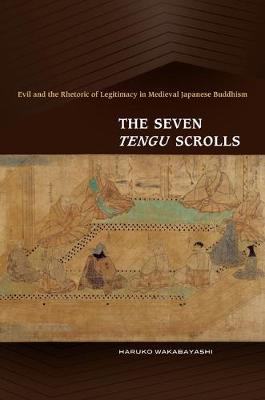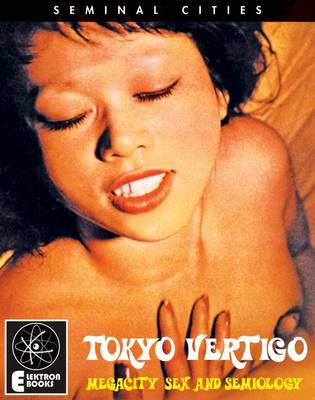Diaries Kept by the Heads of the Dutch Factory in Japan
Diaries Kept by the Heads of the Dutch Factory in Japan
Diaries Kept by the Heads of the Dutch Factory in Japan
Einfuhrung in die Geschichte Asiens - 3 in 1
by Annemarie Laurenz, Viktoria Niebuhr, and Janina Hansell
Primary Sources, Historical Collections (Primary Sources, Historical Collections)
by Jules Verne
Primary source material This book, from the series Primary Sources: Historical Books of the World (Asia and Far East Collection), represents an important historical artifact on Asian history and culture. Its contents come from the legions of academic literature and research on the subject produced over the last several hundred years. Covered within is a discussion drawn from many areas of study and research on the subject. From analyses of the varied geography that encompasses the Asian contine...
Japan and the Challenge of Europe 1992 (Bloomsbury Academic Collections: Japan)
by Kenjiro Ishikawa
The spotlight is on the 1992 programme for the creation of a single European market and its consequences for the relationship between Japan and Europe. Drawing on an impressively wide range of data, the author carefully examines the agenda for adjustment. First published in 1990, this title is part of the Bloomsbury Academic Collections series.
In the 1930s and '40s, Japanese rulers in Manchukuo enlisted writers and artists to promote imperial Japan's modernization program. Ironically, the cultural producers chosen to spread the imperialist message were previously left-wing politically. In Glorify the Empire, Annika A. Culver explores how these once anti-imperialist intellectuals produced avant-garde works celebrating the modernity of a fascist state and reflecting a complicated picture of complicity with, and ambivalence toward, Japan...
Kyoto (Spatial Habitus: Making and Meaning in Asia's Architecture)
by Matthew Stavros
Kyoto was Japan's political and cultural capital for more than a millennium before the dawn of the modern era. Until about the fifteenth century, it was also among the world's largest cities and, as the eastern terminus of the Silk Road, it was a place where the political, artistic, and religious currents of Asia coalesced and flourished. Despite these and many other traits that make Kyoto a place of both Japanese and world historical significance, the physical appearance of the pre-modern city...
The Private Correspondence of Isaac Titsingh Vol. I (1785-1811) (Japonica Neerlandica, #4)
by Frank Lequin
The Japanese government seeks to influence the use of leisure time to a degree that Americans or Europeans would likely find puzzling. Through tourism-promotion initiatives, financing for resort development, and systematic research on recreational practices, the government takes a relentless interest in its citizens' "free time." David Leheny argues that material interests are not a sufficient explanation for such a large and consistent commitment of resources. In The Rules of Play, he reveals t...
Kesa and Saijiro; Or, Lights and Shades of Life in Japan
by Julia D Carrothers
The Kempeitai, Japan's secret military police and counter-espionage service, was one of the most dreaded organizations of World War II. It was a grimly efficient corps, possessing wide powers which it was trained to employ ruthlessly. Through sheer horror tactics the Kempeitai tortured and degraded their victims to demonstrate their superiority over reluctant nations and break the human spirit. Founded in 1881 as an elite unit of educated officers, by the time of World War II the Kempeitai had b...
Middlemen of Modernity (Studies of the Weatherhead East Asian Institute, Columbia Un)
by Associate Professor Christopher Craig
Among the challenges facing Japan in its quest to match the modern states of the Western world, none was more crucial than the development of agriculture. With a state focused more on the emblematic goals of mechanization, urbanization, and a modern military, it fell upon local elites in villages across the country to bring rice production into the modern era. Middlemen of Modernity explores these elites and their actions in a region in northeastern Japan, presenting a view of the transformation...
Written by one of the leading scholars of Japanese religion, Rage and Ravage is the third installment of a milestone project in our understanding of the mythico-ritual system of esoteric Buddhism—specifically the nature and roles of deities in the religious world of medieval Japan and beyond. Bernard Faure introduces readers to medieval Japanese religiosity and shows the centrality of the gods in religious discourse and ritual; in doing so he moves away from the usual textual, historical, and so...
From the fourteenth through the nineteenth centuries Japanese monks created hundreds of maps to construct and locate their place in a Buddhist world. This expansively illustrated volume is the first to explore the largely unknown archive of Japanese Buddhist world maps and analyze their production, reproduction, and reception. In examining these fascinating sources of visual and material culture, author D. Max Moerman argues for an alternative history of Japanese Buddhism—one that compels us to...
This is a study of visual and textual images of the mythical creature tengu from the late Heian (897-1185) to the late Kamakura (1185-1333) periods. Popularly depicted as half-bird, half-human creatures with beaks or long noses, wings, and human bodies, tengu today are commonly seen as guardian spirits associated with the mountain ascetics known as yamabushi. In the medieval period, however, the character of tengu most often had a darker, more malevolent aspect. Haruko Wakabashi focuses in this...
In the most innovative account of Tokyo's urban sensations since Roland Barthes' 'Empire of Signs', Stephen Barber in Tokyo Vertigo probes the many ways in which Tokyo projects and hides itself, focusing upon its filmic, photographic, and media cultures as well as its extraordinary urban history of destruction and reconfiguration. Dividing his analysis into three parts, Barber first interrogates the disparate urban zones of Tokyo, from the districts of Shinjuku and Shibuya to the desolate periph...

